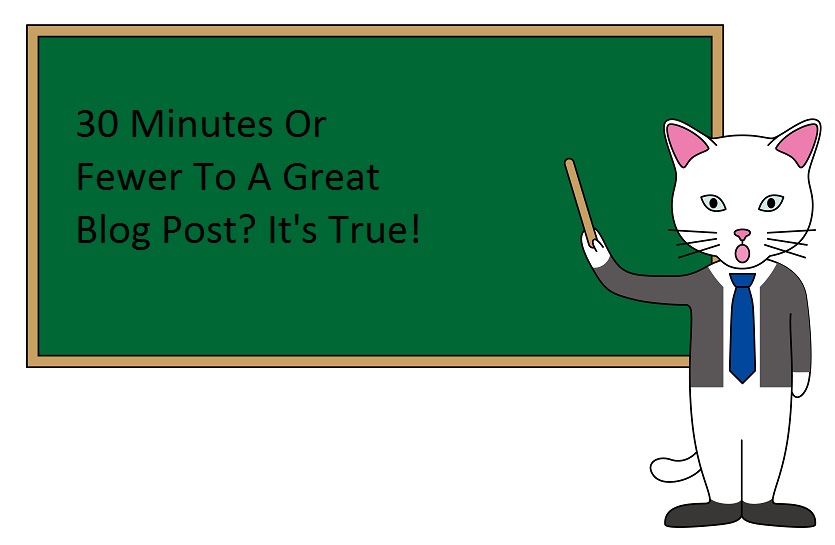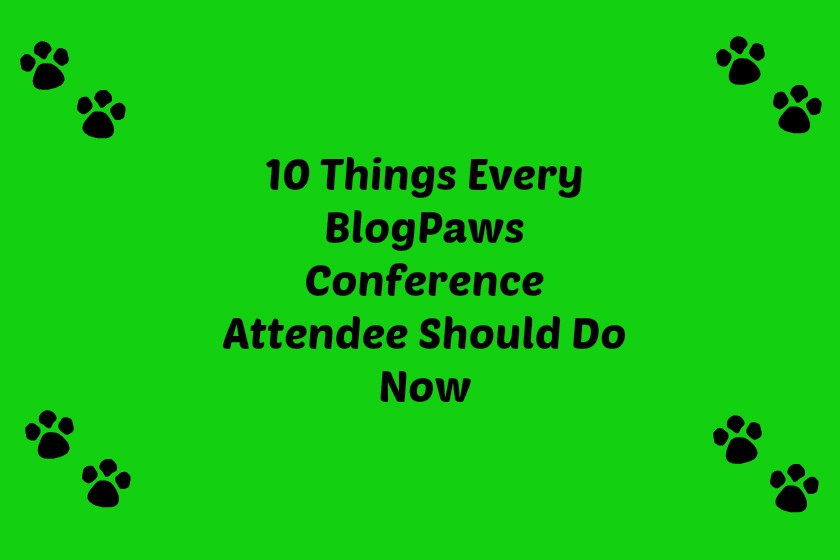Do’s and Dont’s of Pitching Traditional Print Magazines
by: Carol Bryant
A
pitch letter to a magazine editor or website manager is very similar to a blog
post. It’s called a “letter” for a reason – it is a letter. It’s a letter
personally written to individual journalists, writers, or editors (and more
recently website owners and bloggers) that shares a specific story idea with
the express hope of media coverage. Pitch letters are also called query
letters.
In addition to calling attention to your blog,
which can increase traffic to help you monetize, a successful pitch can mean add
notoriety in a positive, purposeful way (i.e., establishing yourself as an
expert). Here are some do's and dont's for pitching traditional print magazines:
Do's
- Be concise, make every word count
- Look outside your genre for magazines
you might not have considered for pet market (i.e. women’s magazines) - Follow up as directed in the query
directions. Wait for a reply, don’t pester. - Ideas should be unique and fresh
- State that clips are available or
provide links to online clips - Follow submission guidelines
- Keep tabs of who you pitched: when,
what and why (spreadsheet) - Include an appropriate subject header
that grabs attention - Thank people if you hear back, whether
it’s a yes or a no - Name drop if you have been referred by
someone there - Be able to sum up the angle of your
pitch in one sentence; the actual pitch is longer. - Think of deks that magazines put under
headlines: what is yours? - If you feel you need to follow up with
an email, since your story is time sensitive, do so with original piece pasted
below it. Editors will not remember your
pitch, especially with the high volume of mail they receive. - A good way to start a follow up e-mail
query is: “I know you are busy, but I wanted to be sure
you’ve received this
and if it is a fit for ___ magazine.” - An angle is something you read and
think “ooooh, I never thought of it that way or heard of that before.” What is
your angle? - If you cannot write your own dek, it
probably means your idea is too vague. - Do let go if you hear nothing after 2
followup queries. Move on and don’t stalk people.
Dont’s
- Never say” “I expect to hear back from
you…” Don’t be pushy. - Don’t follow up constantly; be patient.
- Don’t send your query without
proofreading: Big NO! - Don’t use HTML formatting that may not
show up correctly in email. - Don’t use emoticons and slang.
- Don’t send from an email that is
cutesy or personal. Hotmail and AOL can send the wrong message. Use a gmail or
personal email. ( i.e. carol@carol.com
<<< not a real address) ) - Don’t send clips as attachments or graphics.
(many
places will accept a link to a web page with all clips listed… should you say
that? Yv) - Don’t send the same pitch to a variety
of magazines. - Don’t start the letter with “Dear
Editor” or “Dear Sir or Madam” – find the correct contact. Call the magazine if
you need to! - Don’t sit and wait for a reply – begin
working on your next pitch. - Don’t give up if your pitch gets
rejected or if you hear nothing. Recraft, rewrite, repurpose. - Do pitch to an unfamiliar magazine.
- The way you write your pitch is a
reflection of the way you’ll write your article. That’s how editors perceive
it. Don’t bore them, but remain professional.
Have you pitched a magazine and been successful? Are there any magazines in which you'd like to see yourself published?
BlogPaws conferences are an excellent resource for learning this
information and being able to ask questions, get advice, and network with others
who share your concerns.
Where: The
Sheraton Premier; Tysons Corner, VA
When:
May 16 – 18, 2013
Registration:
http://registration.blogpaws.com/



